JavaScript is disabled. For a better experience, please enable JavaScript in your browser before proceeding.
1 - 20 of 37 Posts
2017 Grizzly
2014 Yamaha Grizzly 700 EPS
1 - 20 of 37 Posts
Top
Delivery options and delivery speeds may vary for different locations
Sign In
or enter a zip code
Email * Password *
REPAIR & HOW TO
MAINTENANCE
TROUBLESHOOTING
GUIDES
TIPS & TRICKS
ALL ARTICLES WATCH VIDEOS ABOUT US SHOP PARTS CONTACT US
Nothing makes an ATV’s engine run smoother than a crankcase full of fresh engine oil. Changing a Yamaha quad’s motor oil only takes a handful of minutes, and doing it regularly helps ensure the engine stays healthy for many years.
Watch the video above and follow the steps below to change the engine oil in a Yamaha Grizzly 660.
NOTE: We changed the oil in a 2014 Yamaha Grizzly, but the process is the same or similar for most ATV makes and models.
Tools and Supplies – Yamaha Grizzly 660 Oil ChangeStep 1. Run the engine for about half a minute to warm the oil, which makes it less viscous and helps it drain faster. Remove the dipstick so the crankcase can vent, which also helps the oil drain out faster.
Step 2. Position a drain pan beneath the engine, and remove the 17mm oil drain bolt and crush washer. Inspect the crush washer for wear and replace it if necessary.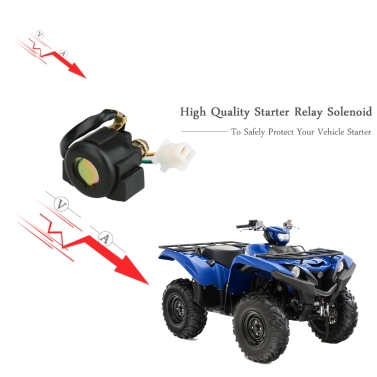
NOTE: The crush washer should be replaced every 3-4 oil changes, regardless of its condition.
Step 3. Let the oil drain out, then reinstall the crush washer and oil drain bolt. Torque the bolt to 22 foot-pounds.
Step 4. Remove the oil filter from the left rear of the engine using a 65mm oil filter wrench.
Step 5. Install the new oil filter, and torque it to 12 foot-pounds.
NOTE: If you’re installing an OEM Yamaha oil filter, it comes with a pre-oiled O-ring. However, if you’re putting in an aftermarket oil filter, make sure you oil the O-ring before you install it.
Step 6. Fill the engine with 2.11 quarts of 10W40 ATV engine oil, and reinstall the dipstick.
Step 7. Run the engine on idle for about 15 seconds to circulate the oil, then shut it off and let it stand for a minute so the oil can settle.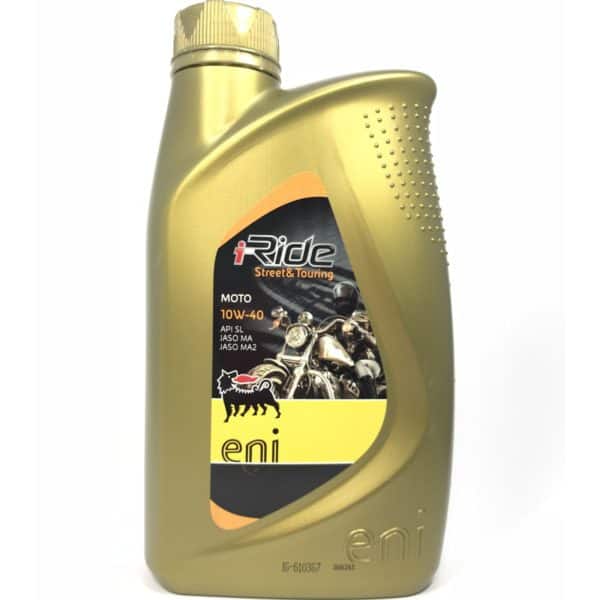
Step 8. Remove the dipstick, then wipe it clean and thread it back into the engine. Next, remove it again and check the oil level. The level should be between the middle and upper part of the dipstick. Top off the oil if necessary, reinstall the dipstick and you’re done.
The steps for changing the oil in a Yamaha ATV are the same or similar across all models. However, if you want a more in-depth look at an oil change on an older model quad, watch the video below to see how to change the oil in a 2007 Yamaha Grizzly YFM700.
body
The Yamaha Grizzly 700 utility ATV is able to overcome any obstacles in its path and carry up to 140 kg of cargo.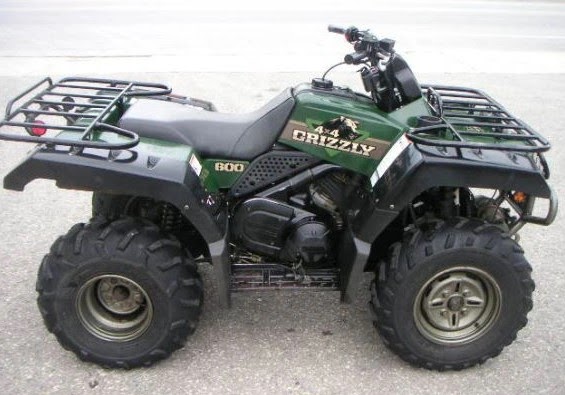 The engine of the all-terrain vehicle also experiences high ultimate loads. Therefore, even if you managed to get a Yamaha ATV cheaply, this does not mean that you need to save on its maintenance.
The engine of the all-terrain vehicle also experiences high ultimate loads. Therefore, even if you managed to get a Yamaha ATV cheaply, this does not mean that you need to save on its maintenance.
The basic requirements for lubrication for the Yamaha Grizzly are indicated in the instructions for the ATV. The manufacturer suggests focusing on the international SAE type standard, and changing the engine fluid depending on weather conditions.
Recommended SAE type for temperature:
Engine oil must meet the American Petroleum Institute (API) grade SG. This class includes products intended for filling in gasoline engines manufactured after 1989 years old They contain additives that will effectively protect the Yamaha engine from soot and oxidation, rust and corrosion of internal parts - the unit will work for a long time and uninterruptedly.
Requirements for refueling are also made according to the JASO standard - a system for classifying lubricants designed for Japanese engines. For the Yamaha Grizzly, it is recommended to use MA grade grease to ensure good grip and prevent parts from slipping.
ATV oil will not work: it does not contain special additives for "wet clutch". It is only necessary to fill in the Yamaha 700 system with lubricants suitable for the model: they should not thin at high temperatures and coke the piston rings.
The motor lubricant is selected according to the number of cycles. For our model, four-stroke is suitable. The type is selected depending on weather conditions:
Cheap and simple oils are suitable for driving in a gentle mode: mineral and semi-synthetic. If you plan to use the ATV for off-road driving and agricultural work, take care to purchase more advanced lubricants - HC-synthetic and synthetic.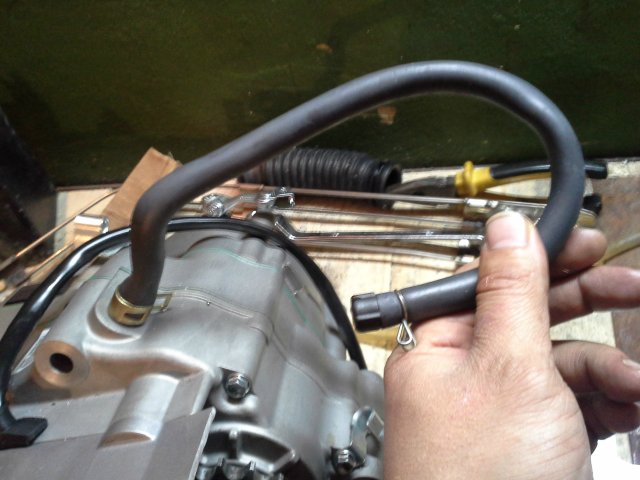 They withstand high loads, reduce friction and protect the engine in extreme operating conditions.
They withstand high loads, reduce friction and protect the engine in extreme operating conditions.
To lubricate the motor, the manufacturer suggests using Yamalube brand oil. This line of lubricants was created by the same specialists who developed and tested Yamaha motors, so the products meet the high quality standards of the Japanese brand.
The range of ATV oils includes mineral, synthetic and semi-synthetic formulations for four-stroke engines. Each product contains a set of cleaning additives that create an oil film to protect the engine assembly under high torque and heavy loads. They prevent corrosion, reduce smoke, deposits of soot and tar - the engine runs longer and more efficiently.
Lubricants for driving in frosty weather can also be found in the range. For example, Yamalube 5W-30 Utility Performance guarantees the fluidity of the lubricant and prevents it from thickening at low temperatures.
If you can't buy a specialty from Yamaha, look at other brands of lubricant:
ATV needs not only engine oil, but also gear oil. To lubricate the gearbox, brand representatives recommend purchasing a SAE 80 API G hypoid gear lubricant. In Yamaha Grizzly, all components are subject to regular maintenance:
Oil system maintenance checks for lubrication levels, leaks and repairs (if faults are found). The oil fluid is changed at the intervals specified in the technical documentation:
The oil fluid is changed at the intervals specified in the technical documentation:
The oil filter element is changed every six months, and the lubricant in the transmission and final drive every year.
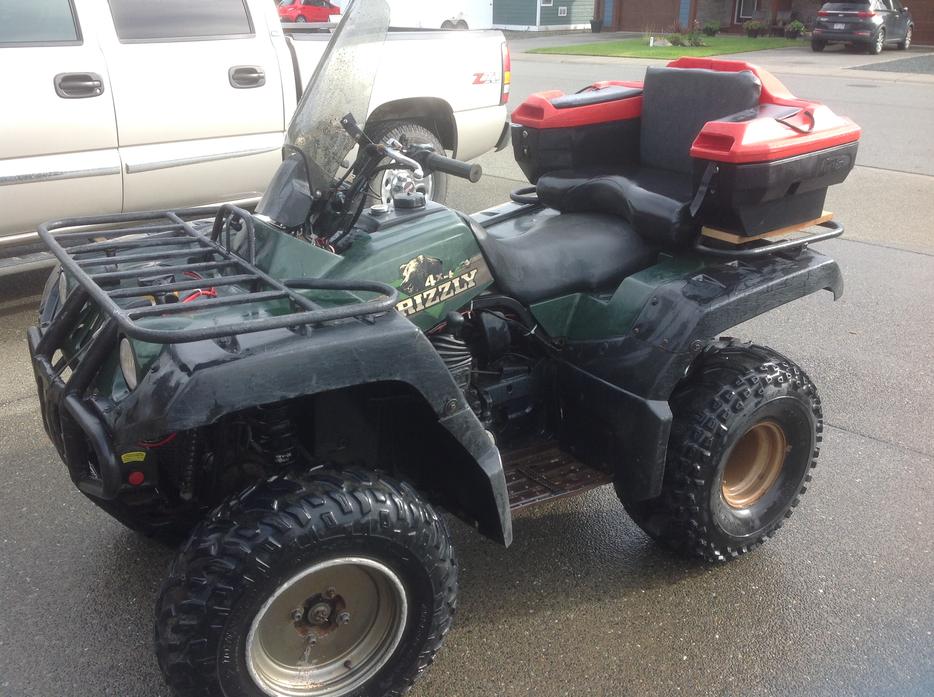
You can learn more about the characteristics and equipment of the Grizzly 700 on the website https://www.yamaha-dealer.ru/ of the official Yamaha dealer in Russia.
The operation and life of the engine directly depends on the quality of the fuel mixture. The carburetor is responsible for the preparation of the composition, but after prolonged use of the equipment, the settings “go astray”. This results in:
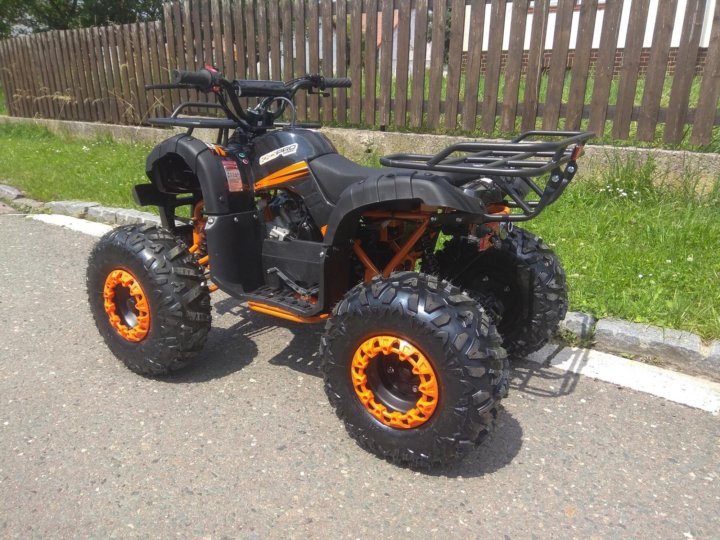
Many riders who decide to buy an inexpensive ATV simply do not spare the technique and ignore this procedure. But even if you plan to change your device in 1.5-2 years, adjustment is needed. The reason for this is increased fuel consumption. A quad with an untuned carburetor "eats" 30-40% more gasoline, and these are tangible costs.
A quad with an untuned carburetor "eats" 30-40% more gasoline, and these are tangible costs.
So how do you adjust the carburetor on a Chinese ATV? For this you need:
However, it is important to remember that all adjustments are made only with a "clean" carburettor. This means that the rider needs to remove all the dirt from the node and flush the system to remove condensation and sediment from it.
Note: The engine must be warmed up to operating temperature immediately before adjustment.
To set the carburetor idle speed, the float chamber must first be cleared of fuel.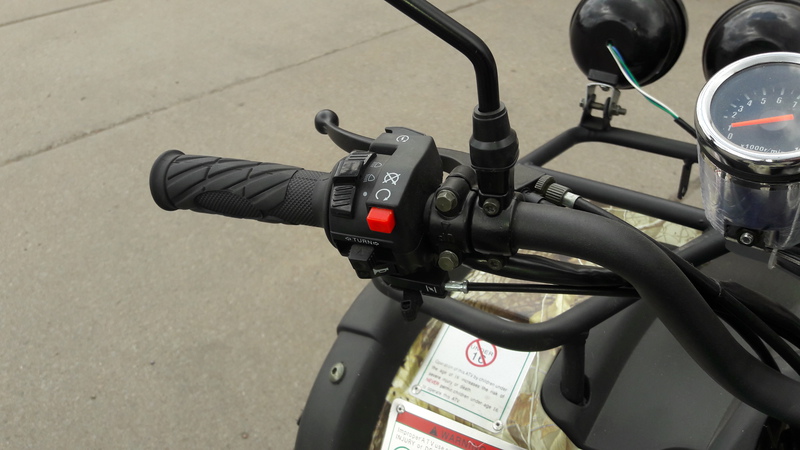 To do this, start the ATV, close the fuel cock and wait until the machine stalls (5-10 minutes). To speed up the process, you can take a little ride on the quadric. Of course, gasoline can be drained, but in any case you will have to warm up the device, so the first method of "removing" gasoline is more effective.
To do this, start the ATV, close the fuel cock and wait until the machine stalls (5-10 minutes). To speed up the process, you can take a little ride on the quadric. Of course, gasoline can be drained, but in any case you will have to warm up the device, so the first method of "removing" gasoline is more effective.
Then:
 Focus on sound. The engine should run smoothly, without strain.
Focus on sound. The engine should run smoothly, without strain. Read the manual before adjusting the carburetor on a 125cc ATV to be sure. Remember that the location of the bolts is different in different devices, so read the documentation in advance.
To evaluate the quality of the fuel composition, make a test run. After that, unscrew the candle, and evaluate its condition. If it is:

Also look out for these "symptoms": damaged tip (electrode failure), oil deposits (damage to rings and caps), chips and inclusions (sign of motor failure).
To adjust the mixture you need to twist the needle cover and pull it out. To get the needle, pull out the cable. After that, move the ring in the required direction (lower - more air, but less fuel and vice versa). Then start the engine and make sure it doesn't stall.
The last step in adjusting the 125cc ATV carburetor is adjusting the petrol level. To do this, you need:
